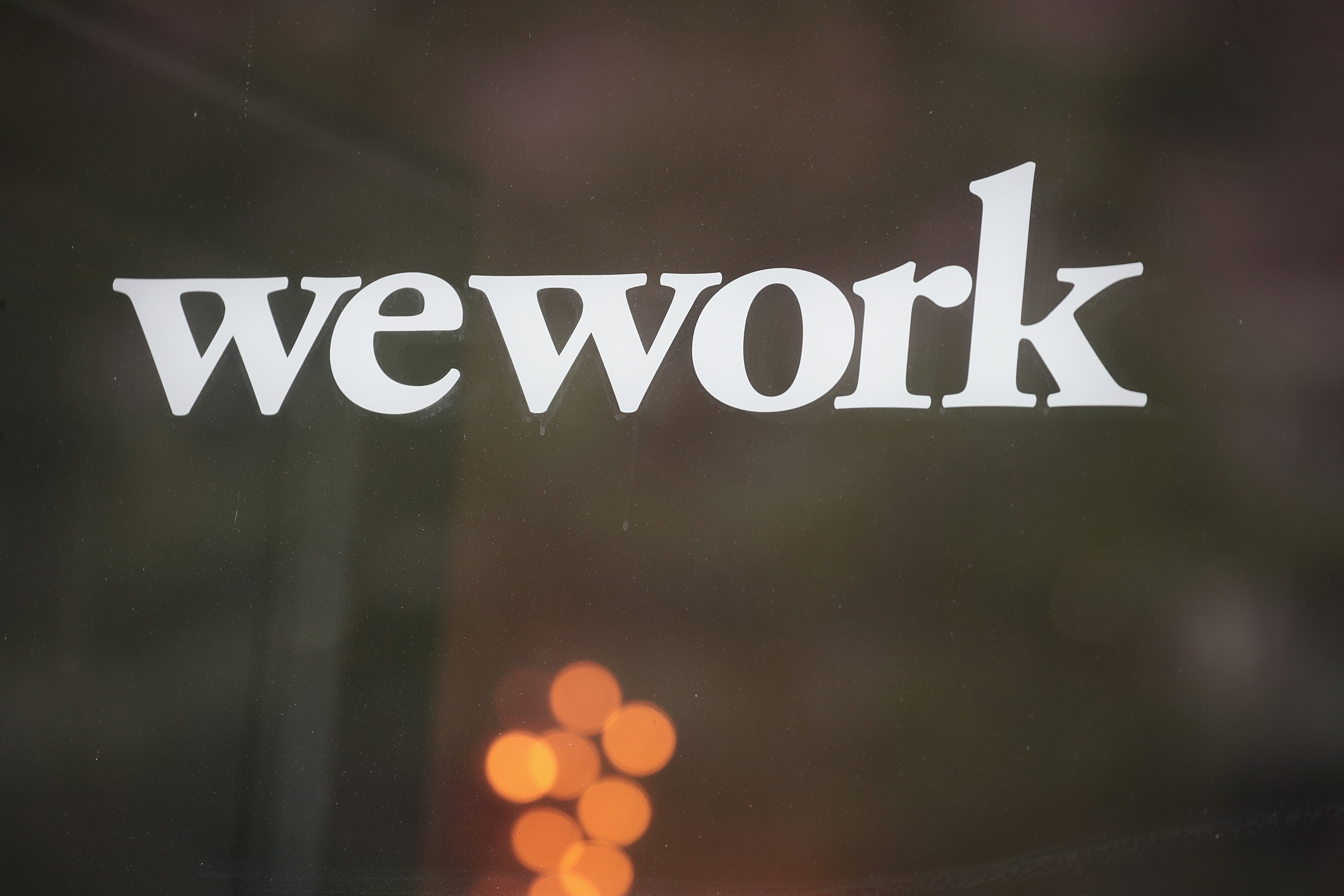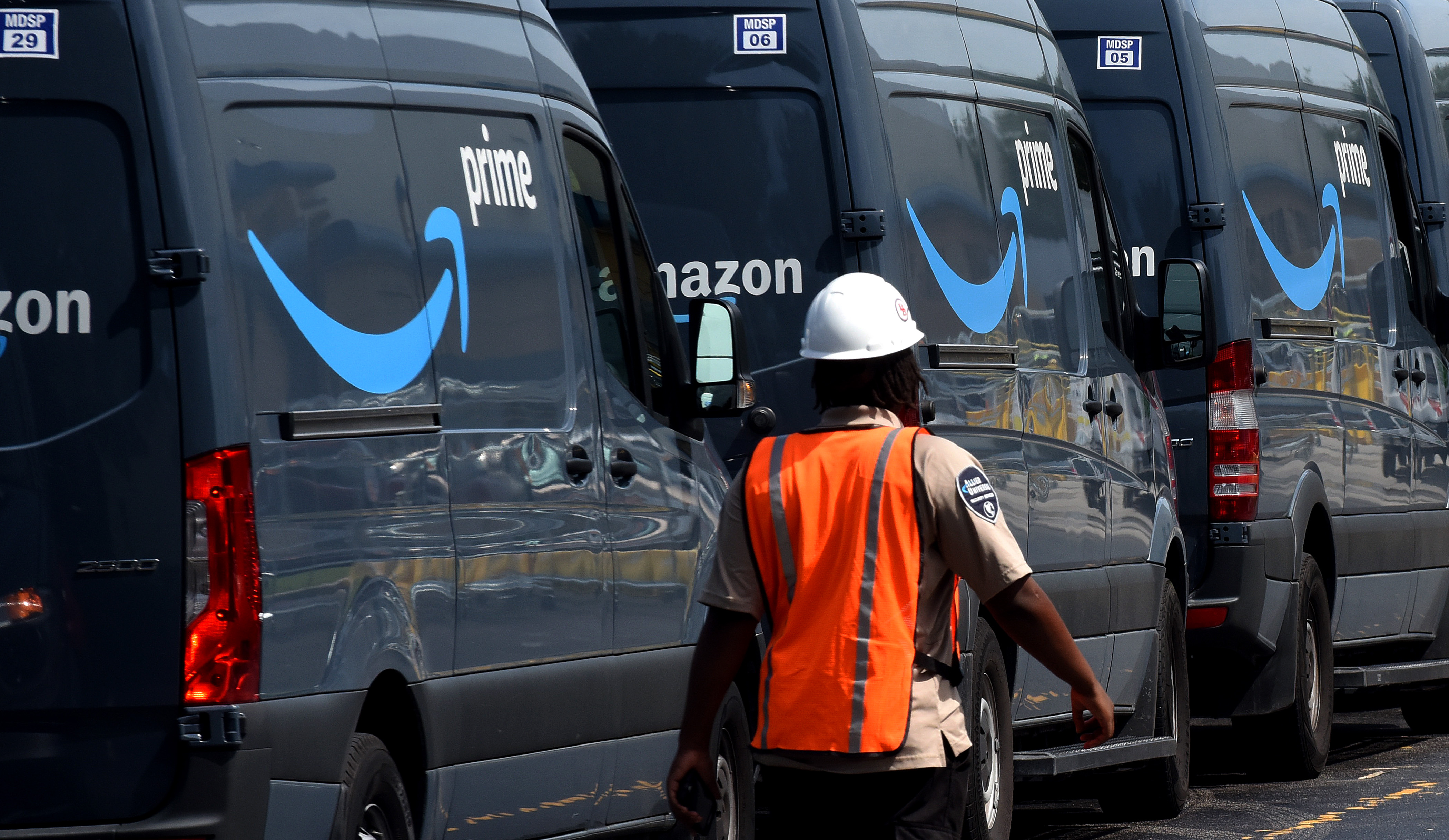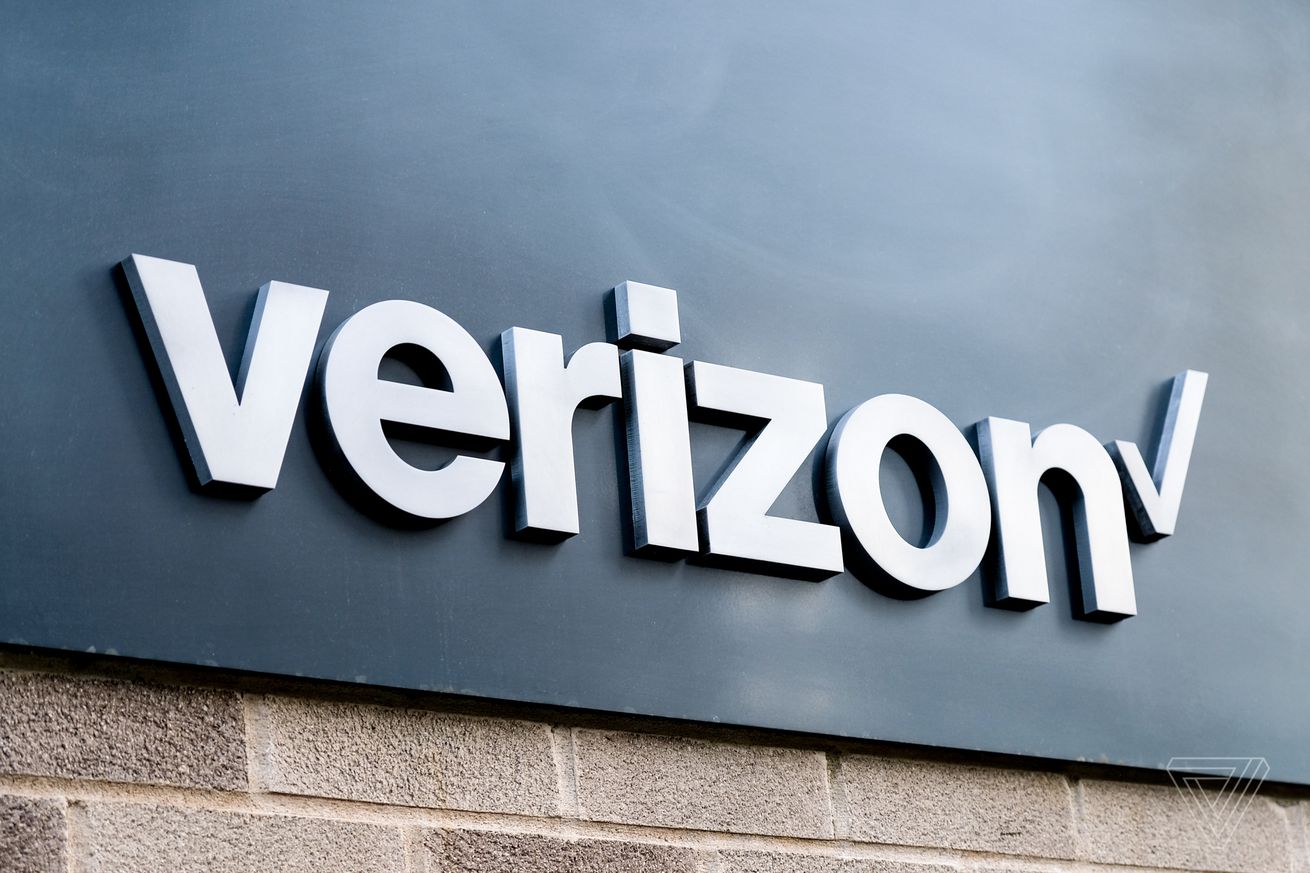Os Keyes is a researcher and writer based at the University of Washington, where they study gender, technology and (counter)power. Their current projects cover facial recognition, critical tactics for technology, and the consequences of classification.
Biometric surveillance is everywhere. In recent years, we’ve seen biometric systems steadily creeping into our everyday lives—especially in the realms of policing and immigration. In the U.S., Congress has allocated $100 million to develop “smart border” initiatives such as facial recognition; Customs and Border Patrol has begun fingerprinting and DNA testing children; ICE and other federal agencies, cracking down on undocumented migrants, have started accessing state DMV records for facial recognition while working on a “biometric entry-exit system”—a diplomatic way of saying “checkpoints.”
All of this can feel overwhelming. The alignment of an administration that is explicitly, directly hostile to immigration (particularly from Central and South America) and new technologies of surveillance and control has led to widespread fears of the consequences of these technologies, and the motivations that led to their deployment.
These fears are legitimate, and it’s often tempting to hold Donald Trump and his administration uniquely responsible for the proliferation of facial recognition and other dystopian biometric tech. But the history of these programs shows that the attitudes which motivated this kind of AI-driven crackdown—and the legal authority to make it possible—are a lot older. In truth, the desire for massive biometric surveillance networks has been shared by politicians of all stripes for decades.
Race, Face and the Border
Over my last two years as a PhD student at the University of Washington, I have collaborated with my Dartmouth colleague Nikki Stevens to research the history of facial recognition. There are many points in time where one could begin this history. Simone Browne rightly considers facial recognition part of the long history of the surveillance of Blackness, starting with slavery. In the context of borders and immigration, you could start the history at the Chinese Exclusion Act in 1882, which dramatically expanded immigration powers and expectations of identity verification as part of a racist backlash against Chinese immigration. But in the context of the Trump administration’s current actions, a good place to start is far later, in 1996.
When the Cold War ended, the world changed, and so did the U.S. government’s priorities. Instead of worrying about the Soviet Union and other nation-states, the U.S. shifted to scrutinizing individuals, their bodies and their movements. National security became about, as Deputy Attorney General Jamie Gorelick put it, “terrorism, narcotics trafficking, and alien smuggling”. It became about racialised fears of demographic change and undocumented immigration, as demonstrated in a speech by President Clinton at Portland State University in 1993, where he condemns the undocumented immigrant who “flouts our laws, strains our tolerance,” and “taxes our resources.” Clinton worried aloud that “within five years there will be no majority race in our largest state, California. In a little more than 50 years there will be no majority race in the United States.”
Three years later, Clinton signed into law two pieces of legislation: the Illegal Immigration Reform and Immigrant Responsibility Act and the Personal Responsibility Act. Each one contained new constraints on immigrants: there were increased resources for border patrol (including funding for the first fence), looser restrictions on what could get someone deported, and reduced access to public support such as food stamps. One common thread in each of these efforts was biometrics; the legislation mandated the first biometric identifiers in border-crossing ID cards, and encouraged states to integrate photographs and fingerprints into the cards needed to access public support programs. The result was the widespread collection of biometric data—largely from Black and brown bodies, and framed around fears of Black and brown immigration. Clinton’s statement on the Immigrant Responsibility legislation explicitly called out “the southwest border,” while framing immigration as a matter of state sanctity and security.
But at the same time, this data was ultimately fragmentary, limited in detail, and inconsistent. There was no standard for what should be collected. With food stamps cards, the legislation just required states to use “measures to maximize the security of the system using the most recent technology available”, leaving it up to the states to decide what “most recent technology” meant. Using it for Trump-style mass raids or surveillance simply wouldn’t make sense: you’d spend more time trying to get the system to work than using it. Biometric data collection had been made acceptable, but that didn’t make it useful.
Biometrics after 9/11
In the aftermath of September 11th, that all changed. Various committees were assembled to investigate how the attacks had been possible, and what might prevent similar tragedies from happening again. Their conclusion was, in part, that there was insufficient data sharing and collection between different government agencies, and insufficient rigor in the systems the U.S. used to establish whether someone was “really” them.
Once more, biometrics provided part of the answer. The Real ID Act was passed, requiring state drivers licenses and federal IDs such as passports to embed photographs and fingerprints that could be digitally read and stored in databases for comparison. The PATRIOT Act instructed the National Institute of Standards and Technology—the Department of Commerce’s technical research branch—to investigate the possibilities of biometrics for security, and work on making the technology better. The U.S. focused on identity verification, validation, and standardization, collecting a mass of data through DMVs, visa applications, and other interactions with the government.
To make this useful, though, you need more than just consistent collection—you need the data to be shared and accessible. Thus, the federal government began not only standardizing data but assembling it, interlinking every database they could get their hands on. The Consular Consolidated Database, containing fingerprints and photographs for everyone who had even applied for a visa, was made available to the FBI and ICE; under the Real ID Act, those nice new consistent DMV records were required to be exchangeable between states, and between states and the federal government. The FBI’s Integrated Automated Fingerprint Identification System (IAFIS) became more and more interlinked with local law enforcement, automatically drawing from a wide range of policing databases. It was later replaced with the Next Generation Identification (NGI) system, which contains not just fingerprints for matching but photographs for facial recognition.
At the border, all of this was to be integrated into automated “biometric entry-exit” systems, comparing visitors and immigrants against this vast database of photographs and fingerprints. By 2014, when the NGI system became fully operational, those experiments with immigrant fingerprinting that started with Clinton had turned into a vast array of data stores, widely accessible by ICE, the FBI and other agencies, and containing over 23 million photographs.
Responsibility and Recognition
It’s easy to hold Trump and his administration responsible for the surveillance and data practices we see built into proposals like DMV access for facial recognition systems. But as this history shows, they’re building on a long history of work under multiple administrations, stretching back into the 1990s, to make precisely the systems we’re seeing today. Trump might have accelerated the biometric entry-exit system, but the legal authorization to do so stemmed from 1996 under Clinton, and 2002 under Bush. ICE might be taking records from the DMV, but they’ve been able to do so for almost 20 years, authorized by our elected representatives.
This isn’t to say that the Trump administration shouldn’t be held responsible for these data practices and the racially-charged violence, rhetoric, and enforcement that comes with them. But the desire by government for biometric control and policing is not limited to this moment in time, this administration, or its party. Even as Democratic members of Congress decry ICE’s actions, they propose “smart borders” which ultimately depend on and legitimize the same kind of data collection that drives Trump’s crackdowns. All too often, our elected officials ask not how to make immigration humane, but how to make it less visibly inhumane.
We need to look at and confront these programs and their consequences, but we need to do so in a historically-informed way. We need to use this moment as an opportunity to recognize that this terrifying surveillance regime did not spring up overnight. Rather, it was enabled by anti-terrorism legislation from the 2000s, and anti-immigrant and anti-poor legislation from the 1990s. We need to acknowledge that immigration restrictions, identity documents, and these data collection practices have always been about race, and that in such an environment, collecting this data—even with the best of intentions—will always end up putting a weapon in the hands of those who would use it against poor, vulnerable, and marginalized people.
 Illustration by Alex Castro / The Verge
Illustration by Alex Castro / The Verge





 Photo via
Photo via 





 Photo by Becca Farsace / The Verge
Photo by Becca Farsace / The Verge






 Photo: Chris Welch / The Verge
Photo: Chris Welch / The Verge


 Garmin’s brand new Venu family of AMOLED sport watches. | Image: Garmin
Garmin’s brand new Venu family of AMOLED sport watches. | Image: Garmin


 Illustration by Alex Castro / The Verge
Illustration by Alex Castro / The Verge
 Stop me if you’ve heard this one before. It’s the third Thursday of the month, which makes it ripe for a tech story that calls all implementation of biometrics for authentication and security into question. In this case an Israeli watchdog called vpnMentor reported that Korean-headquartered security specialist Suprema was the victim of a security breach that exposed “biometric data” for roughly one million end-users of its Biostar 2 services.
Stop me if you’ve heard this one before. It’s the third Thursday of the month, which makes it ripe for a tech story that calls all implementation of biometrics for authentication and security into question. In this case an Israeli watchdog called vpnMentor reported that Korean-headquartered security specialist Suprema was the victim of a security breach that exposed “biometric data” for roughly one million end-users of its Biostar 2 services.
 Illustration by Alex Castro / The Verge
Illustration by Alex Castro / The Verge
 Illustration by Alex Castro / The Verge
Illustration by Alex Castro / The Verge